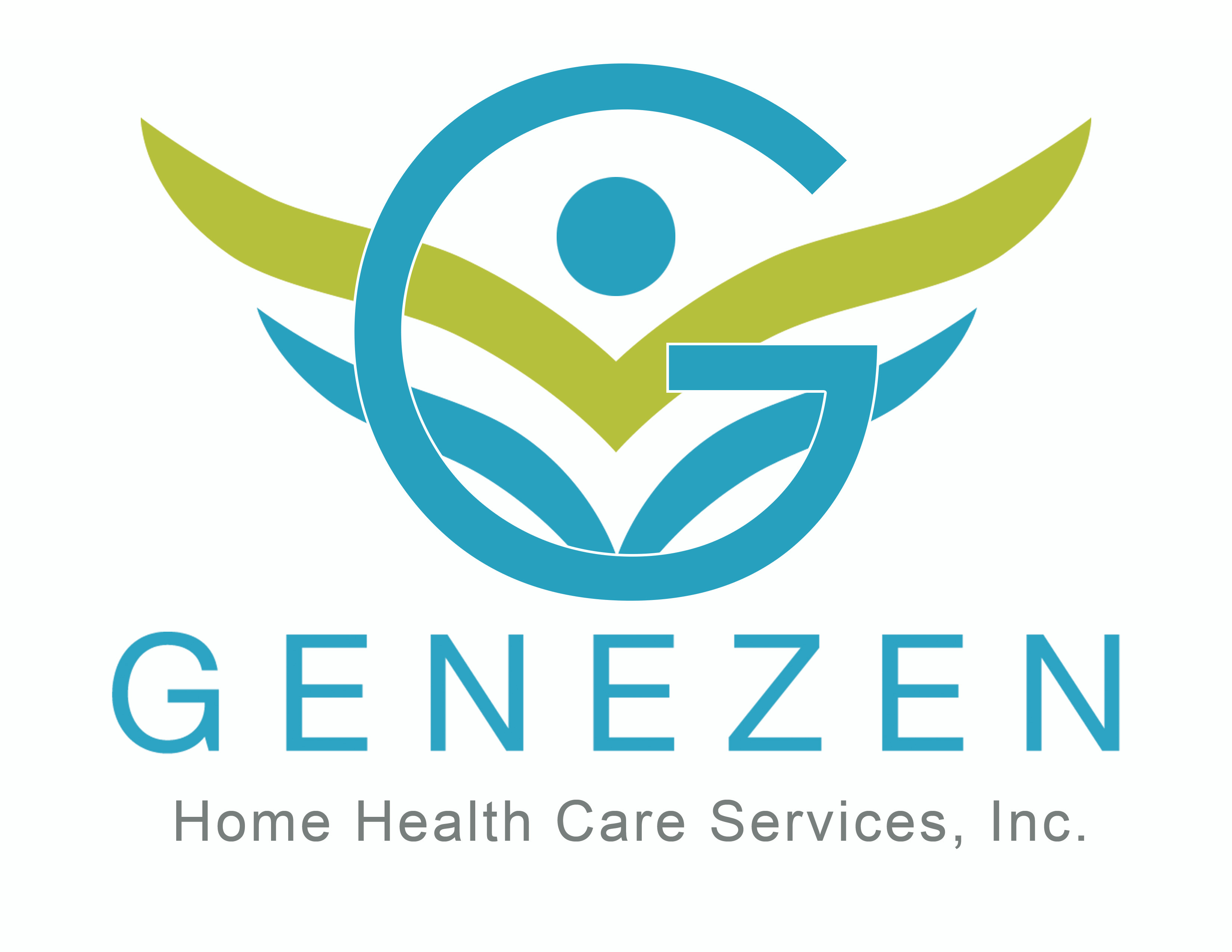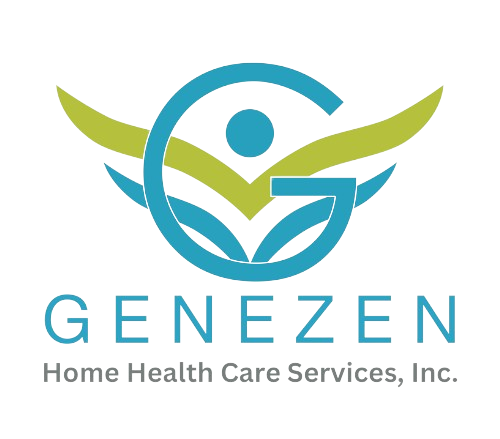Occupational therapy vs Physical therapy plays crucial roles in recovery, with over 50% of patients needing some form of rehabilitation after injury or illness. Whether it’s regaining strength after surgery or relearning how to perform daily tasks, therapy is often essential for a full recovery.
Occupational therapy (OT) focuses on improving a person’s ability to perform everyday activities, such as dressing, eating, or working. On the other hand, physical therapy (PT) helps restore strength, mobility, and balance through targeted exercises and manual techniques. While both therapies are critical, they address different aspects of recovery. Understanding the difference between occupational therapy and physical therapy ensures patients receive the right care for their specific needs. A combined approach often leads to more effective outcomes, highlighting the unique value of occupational therapy vs physical therapy in rehabilitation.
Understanding Occupational Therapy

Occupational therapy (OT) is a specialized form of rehabilitation that helps individuals regain the ability to perform daily activities and live independently. It focuses on improving the skills needed for everyday tasks, such as dressing, cooking, and working. Unlike physical therapy, which targets physical movement, OT addresses cognitive, motor, and sensory challenges that affect daily functioning.
Common Conditions Treated with OT
Occupational therapy is highly effective in managing a variety of health conditions, such as:
- Stroke recovery: Restoring independence in daily tasks like dressing and eating.
- Traumatic brain injury (TBI): Improving cognitive and motor function for better daily performance.
- Autism spectrum disorder: Developing social, sensory, and motor skills to improve interaction and communication.
- Arthritis: Managing joint pain and improving hand strength for better grip and movement.
- Dementia: Enhancing memory and supporting familiar task completion to maintain independence.
- Parkinson’s disease: Improving motor control and reducing tremors for better task performance.
- Multiple sclerosis (MS): Helping patients adapt to physical limitations and maintain independence.
- Post-surgical recovery: Assisting with regaining strength and function after surgery.
By tailoring therapy plans to individual needs, occupational therapists empower patients to regain confidence and live more independently.
Understanding Physical Therapy

Physical therapy (PT) is a specialized form of rehabilitation focused on restoring physical function, improving mobility, and reducing pain. Physical therapists develop personalized treatment plans to help patients regain strength and movement after injury, surgery, or illness. Unlike occupational therapy, which focuses on improving daily living skills, PT targets the body’s musculoskeletal and neuromuscular systems to enhance physical performance and prevent future injuries.
Common Conditions Treated with PT
Physical therapy is highly effective in treating a wide range of physical conditions, including:
- Post-surgical recovery: After procedures like knee replacement or rotator cuff surgery, physical therapy helps rebuild strength, improve joint function, and reduce stiffness. Therapists develop gradual exercise plans to restore mobility safely.
- Sports injuries: PT helps athletes recover from injuries such as torn ligaments, sprains, and muscle strains. Treatment may include strength exercises, flexibility training, and injury prevention techniques.
- Back and neck pain: Chronic pain in the spine or neck is often treated with targeted stretching, strengthening, and posture correction exercises to relieve pressure on nerves and improve spinal alignment.
- Balance disorders: Patients with vertigo or dizziness benefit from vestibular therapy, which includes balance exercises and head positioning techniques to improve stability and prevent falls.
- Neurological conditions: Physical Therapy supports seniors with conditions like Parkinson’s disease, stroke, and multiple sclerosis by improving motor control, balance, and coordination. Therapists use gait training, strength exercises, and mobility aids to enhance movement and prevent falls.
By focusing on improving physical strength, mobility, and overall body function, physical therapy helps patients regain independence and maintain an active lifestyle.
Occupational Therapy vs Physical Therapy

Occupational therapy (OT) and physical therapy (PT) are essential for recovery, but they target different areas of health and function. Understanding their unique roles helps patients choose the right therapy for their specific needs.
| Category | Occupational Therapy (OT) | Physical Therapy (PT) |
| Focus of Treatment | Improving daily activities and life skills. | Restoring physical strength, movement, and mobility. |
| Goal | Helps patients adapt to challenges in everyday life. | Reduces pain, improves strength, and enhances physical performance. |
| Techniques Used | Adaptive tools, cognitive training, and sensory exercises. | Strength training, stretching, and manual therapy. |
| Environment | Provided at home, schools, or care facilities. | Offered in outpatient clinics or hospitals. |
| Outcome | Improved independence in daily tasks. | Restored physical function and mobility. |
How Occupational Therapy (OT) and Physical Therapy (PT) Play a Unique Role in Healing
Occupational therapy (OT) and physical therapy (PT) are both critical in the healing process, but they address different recovery needs. Understanding their unique roles helps create a more effective and personalized treatment plan.
How OT Supports Healing:
- Improves daily living skills: Helps patients regain the ability to dress, cook, and perform household tasks.
- Enhances cognitive function: Uses memory exercises and problem-solving techniques to improve mental clarity.
- Develops fine motor skills: Strengthens hand-eye coordination for writing, eating, and gripping objects.
- Uses adaptive tools: Introduces devices like grab bars and modified utensils to increase independence.
How PT Supports Healing:
- Restores physical strength and mobility: Uses strength training and stretching exercises to improve muscle function.
- Reduces pain and inflammation: Applies techniques like massage, heat, and cold therapy to relieve discomfort.
- Improves balance and coordination: Focuses on gait training and balance exercises to prevent falls.
- Enhances flexibility: Introduces stretching routines to increase range of motion and joint health.
Together, OT and PT provide a comprehensive approach to healing, addressing both functional and physical recovery.
Signs You Should See a Professional Therapist

Recognizing when to seek help from an occupational therapist (OT) or physical therapist (PT) is essential for a smooth and effective recovery. Both therapies address different aspects of health and function, and knowing when to seek professional support can improve overall well-being and quality of life. If you experience any of the following signs, it may be time to consult a therapist:
When to See an Occupational Therapist (OT):
- Difficulty with daily tasks: Struggling to dress, cook, or perform personal hygiene independently.
- Cognitive challenges: Trouble with memory, problem-solving, or managing daily routines.
- Fine motor difficulties: Difficulty writing, using utensils, or buttoning clothes.
- Sensory issues: Overreacting or underreacting to touch, sound, or light.
- Need for adaptive equipment: Requiring support tools like grab bars, modified utensils, or wheelchairs to function better.
When to See a Physical Therapist (PT):
- Chronic pain or stiffness: Ongoing discomfort in muscles or joints that limits movement.
- Loss of strength and mobility: Difficulty walking, climbing stairs, or standing for long periods.
- Balance and coordination problems: Experiencing frequent falls or feeling unsteady while moving.
- Post-surgical recovery: Struggling to regain strength and flexibility after a medical procedure.
- Sports injuries: Pain or reduced performance due to muscle strain, ligament tears, or joint issues.
When to Seek Both OT and PT:
- Stroke recovery: PT helps with regaining strength and movement, while OT helps with relearning daily tasks.
- Neurological conditions: Conditions like Parkinson’s disease and multiple sclerosis often require both physical and functional therapy.
- Severe injuries: Complex cases involving both physical and cognitive challenges benefit from a combined approach.
Consulting an OT or PT at the right time can speed up recovery, improve independence, and enhance overall quality of life.
Bringing Healing Full Circle: The Complementary Roles of Occupational and Physical Therapy
Occupational therapy (OT) and physical therapy (PT) play distinct yet complementary roles in the healing process. OT focuses on improving the ability to perform daily tasks and regain independence, while PT targets physical strength, mobility, and pain relief. Together, they create a balanced approach to recovery, addressing both functional and physical needs.At Genezen Home Health Care Services, our expert therapists provide personalized care tailored to your specific recovery goals. Whether you need to regain strength after an injury or improve daily function after a stroke, our OT and PT professionals work together to create a customized treatment plan. Tailored therapy ensures faster recovery and long-term success. Reach out to us today to explore the right therapy for your needs and take the first step toward improved health and independence.


